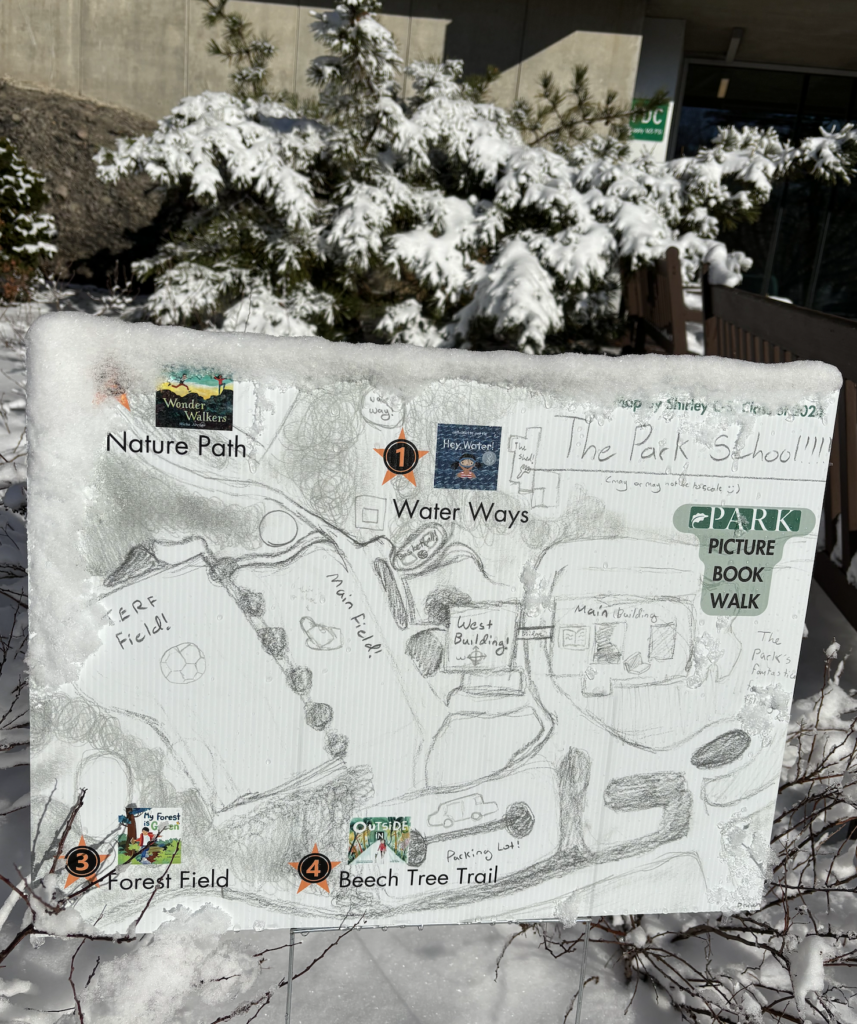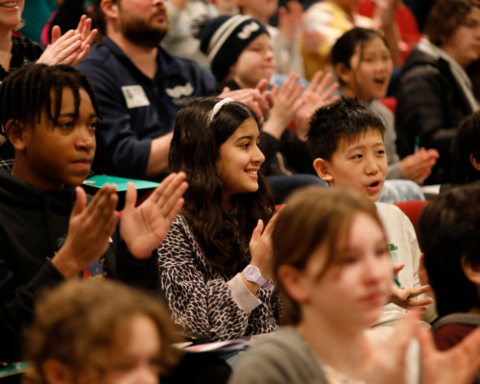At Park, an innovative approach to connecting students with nature has taken shape through the creation of “Picture Book Walks.” These walks integrate literature and the outdoors, giving Kindergarten students a unique experience that culminates in four picture book walks in distinct, hidden nature spots across the Park campus. Inspired by the Arnold Arboretum StoryWalks that he explored during his sabbatical, Librarian Christian Porter sought to create a program that introduced students to new books and allowed them to explore and connect with the natural world. The key was choosing carefully hidden campus locations, ensuring a sense of discovery and intrigue.
Kimberly Boyd, Assistant Head of School for Finance & Operations, and Joe Lepore, Director of Facilities and Construction Management, walked around campus with Christian to identify which areas would be best for students and visitors to explore and defined four opportunities: the Nature Path, Water Ways, Forest Field, and Beech Tree Trail.
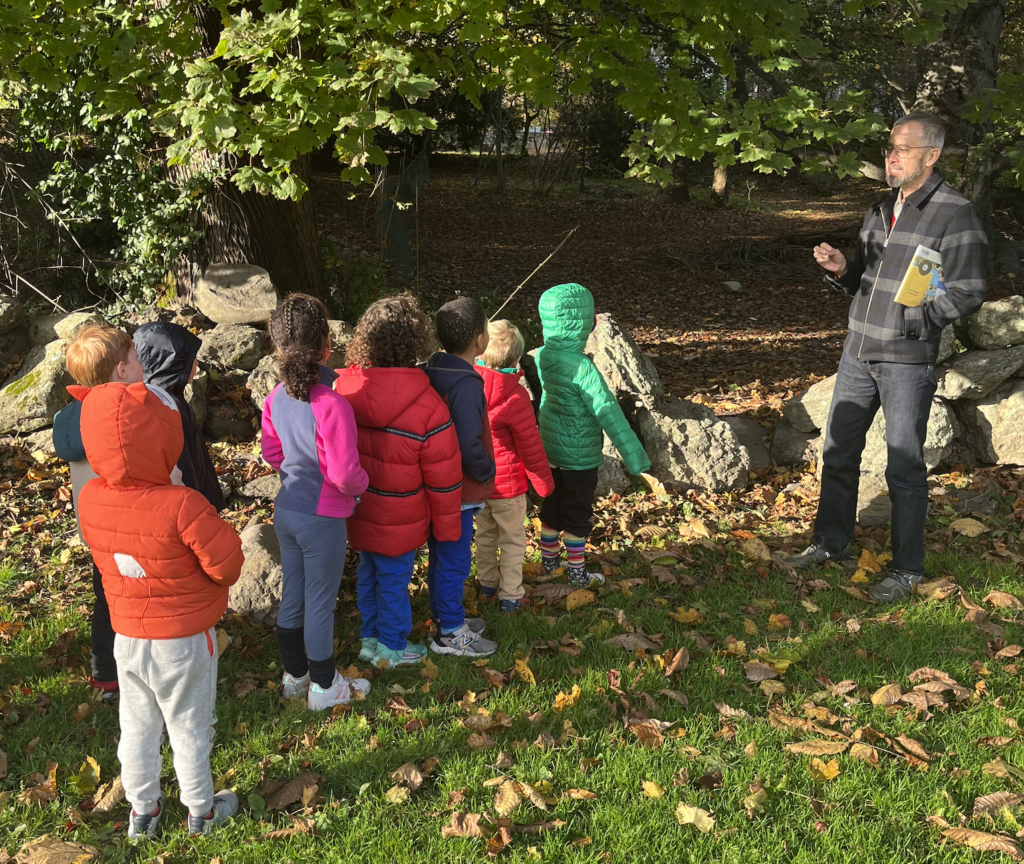
The School’s use of land became integral to the experience, with students exploring different sites during the walks—the initiative aimed to instill a sense of ownership and connection to the environment among students. Kim shared, “Ever since we did the campus strategic plan in 2017, we have been trying to figure out how to make the campus more accessible to students beyond athletics from a building and grounds perspective. We have been adding new pathways, a ropes course, and this seemed like a natural connection between what Christian was trying to do with the books and expanding the use of the campus.”
Park’s kindergarten teachers played a pivotal role in the success of Picture Book Walks. Before taking students outside, Christian selected four to six book options for each classroom, then narrowed the selections to two based on how well the books addressed the students’ observations. After reading the books in library class, students revisited and re-read them with their teachers. This extended engagement allowed students to develop a deeper connection with the stories. Kindergarteners then voted for their favorite book and reported the results to the library, and the book with the most votes was the one that was used for each Picture Book Walk.
The pages of each book were printed on signs that were then installed along each of the four paths. When the installation was complete, each classroom went for a walk and read their book and their classmates’ selections. The Kindergarteners were excited to see the picture book they selected, re-read the story they knew, and be introduced to new stories that other classes had picked.
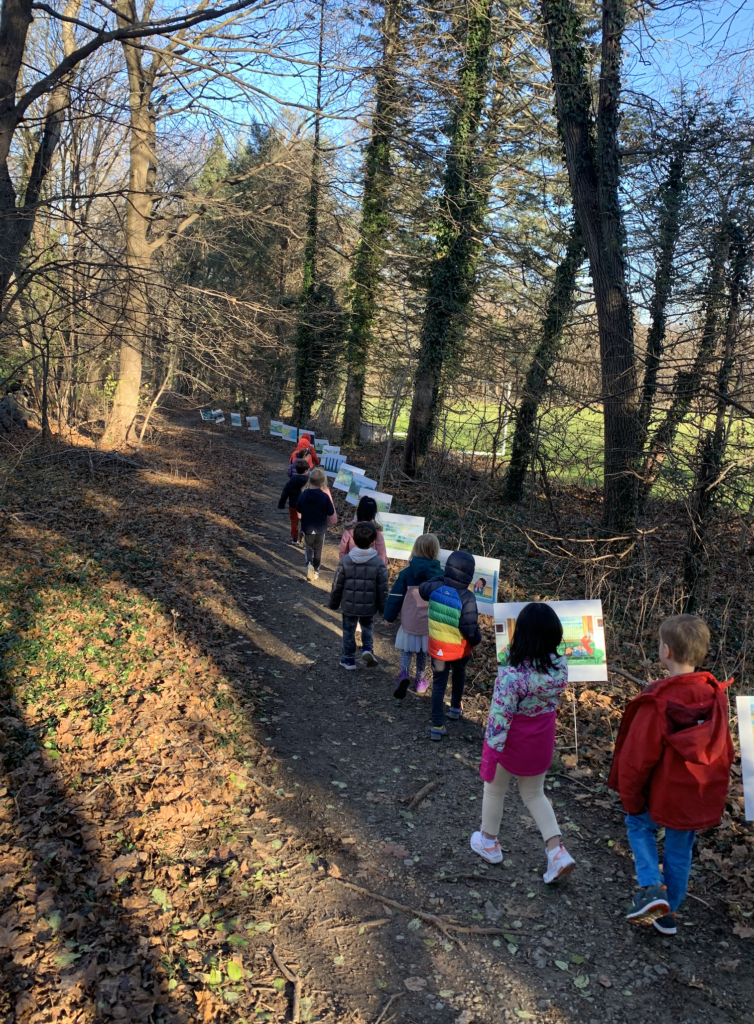
Kindergarten teacher Maria Griffiths loved the project because “playing with literature in this hands-on way excited the students and us teachers alike. It gave more meaning to the stories the students read when they could be tied into other areas of campus they know well. They were proud to have maps to take home and show their families how they can take that same journey.”
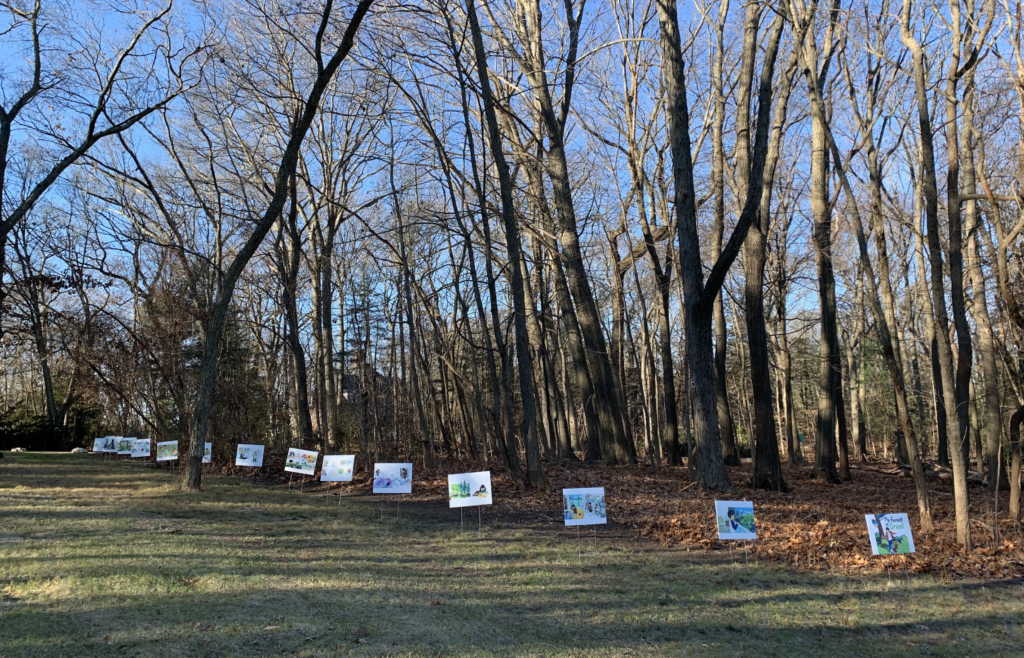
The success of the initial Picture Book Walks has inspired plans to repeat the program in the spring. Identifying four new areas for exploration, the school aims to continue fostering students’ connection to nature and expanding their vocabulary. Kim shared, “This is one of the things that makes Park so special. People like Christian seek out Joe and me to partner on projects like this, allowing partnership and staff connection with students and academic experiences. There was less opportunity for that during the pandemic, and it’s great that these opportunities are coming back to regular experience.”
With the encouragement of Nancy Popper, Grade 8 student Shirley C-S. created a map of the Picture Book Walks, teaching students wayfinding skills and orienting themselves. Maps are located at the Front Desk to help families navigate the trails. We hope you will check out these natural hidden gems on campus soon!
